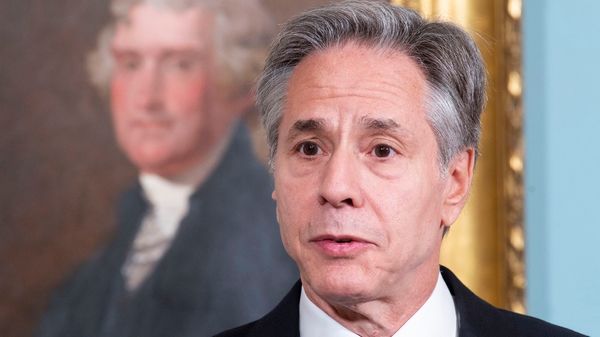February 19, 2009
CDPH survey shows good and bad trends
Robert Nesti READ TIME: 3 MIN.
A recent Chicago Department of Public Health update provided to the HIV Prevention Planning Group showed mixed results in local HIV infection rates: an overall decline in rates has not been experienced evenly across communities, and in some populations no decline has been felt at all. In line with national trends, Black men who have sex with men, in younger populations particularly, continue to experience rising incidence of infection.
CDPH Assistant Commissioner for STD/ HIV/AIDS Policy and Prevention Programs Christopher Brown, who co-authored the report, pointed to two important demographics that showed significant decline in infection as of 2006, the last year represented in the update. Injection-drug users, a population at heightened risk of contracting HIV, are down to 9 to 10 percent of all reported cases-where they once comprised between 22 and 25 percent. Brown cited needle exchange programs as having a "significant impact" in preventing the transmission of HIV.
And Brown is optimistic about the continuation of this trend. He said that while CDPH currently receives only city funding for needle exchange programs, the department is working with the Obama administration to secure federal money to augment its work.
There was also a notable decline in rates of mother-to-child transmission of HIV. Nanette Benbow, director of CDPH's Office of HIV/AIDS Surveillance, Epidemiology, and Research, and a co-author of the update, says that "really strong interventions" have been the cause of successes with injection drug users and mothers with HIV. In the case of mother-to-child transmissions, says Benbow, processes of appropriate pre- and post-natal care following diagnosis, including highly effective medication regimens, have been successful in preventing transmission.
African-American men who have sex with men (MSM), however, continued to show high rates of infection, including a dramatic rise in the 20 to 29 age range. There was also an increase in rates among Black MSM in the 13 to 19 age range. While not encouraging, neither are the numbers particularly surprising; black people in general-men and women-experience much higher rates of infection nationally. In Illinois, where African-Americans make up roughly 15 percent of the population, they comprise about half of all new HIV infections.
Jim Pickett, director of advocacy for the AIDS Foundation of Chicago, pointed to "structural homophobia" as an inhibitor to widespread education about effective prevention practices among men who have sex with men. HIV prevention workers, according to Pickett, have been "hamstrung" by federal regulations that preclude frank discussion of sex and sexual practices.
Pickett said that efforts to test everybody are admirable, but with limited resources, stress should be placed on testing high-risk populations. "In the absence of universal health care," Pickett said, "the idea of testing is to find positives"-and that means targeting testing at higher-risk demographics such as men (particularly black men) who have sex with men, injection drug users, sex workers, and others.
"Resources should be directed at those that need them," said Pickett, rather than those that are "politically palatable."
The next step for the HIV planning group, says Chris Brown, is a "rigorous process to figure out where we should put our resources." He cited a forthcoming three-year plan, beginning in 2010, to "follow the epidemic," targeting prevention resources at specific Chicago neighborhoods and populations with higher incidence of HIV infection.
Prevention starts, said Brown, with people knowing their status-a process into which CDPH puts "a tremendous amount of resources." In addition to routine counselling and testing, the CDPH accesses resources from a Centers for Disease Control and Prevention project called the Diffusion of Effective Behavioral Interventions (DEBI). The DEBI project, begun in 1999 in response to HIV service providers' requests for proven successful intervention strategies, offers providers-in the works of the DEBI website-"science-based interventions that work."
Intervention strategies are described in an on-line compendium, published by the CDC, which runs programs through an "efficacy review" before publication. Agencies like the CDPH, said Brown, can implement various DEBI programs as prescribed by the CDC, or they can make "local tweaks."
The CDPH plans to release a new estimate on HIV incidence in early summer.
Robert Nesti can be reached at [email protected].







